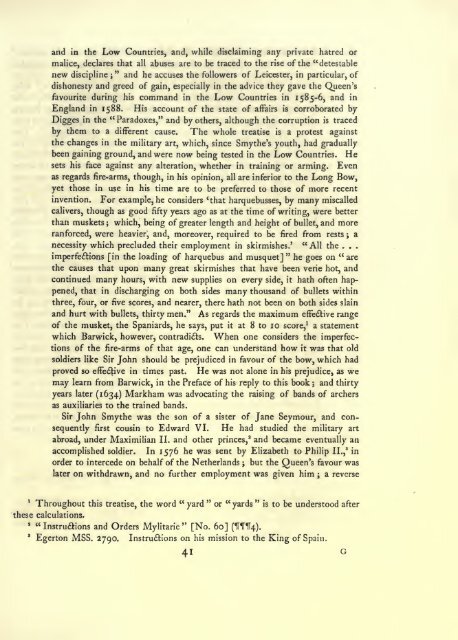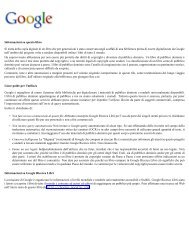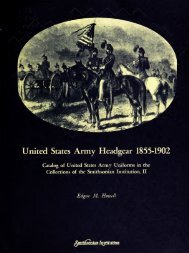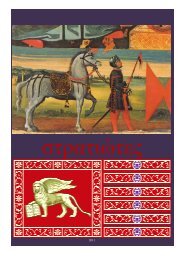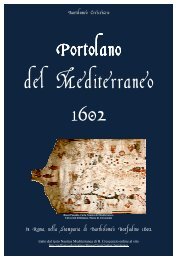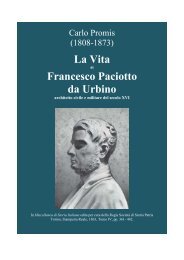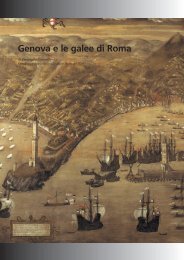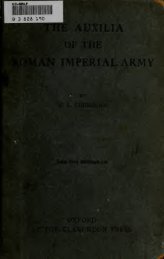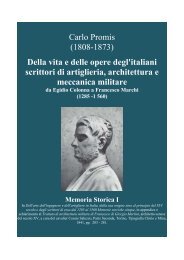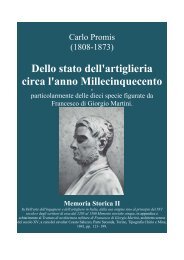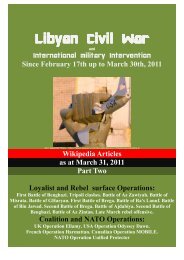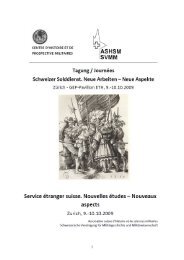A bibliography of English military books up to 1642 and of ...
A bibliography of English military books up to 1642 and of ...
A bibliography of English military books up to 1642 and of ...
Create successful ePaper yourself
Turn your PDF publications into a flip-book with our unique Google optimized e-Paper software.
<strong>and</strong> in the Low Countries, <strong>and</strong>, while disclaiming any private hatred or<br />
malice, declares that all abuses are <strong>to</strong> be traced <strong>to</strong> the rise <strong>of</strong> the "detestable<br />
new discipline;" <strong>and</strong> he accuses the followers <strong>of</strong> Leicester, in particular, <strong>of</strong><br />
dishonesty <strong>and</strong> greed<br />
<strong>of</strong> gain, especially in the advice they gave the Queen's<br />
favourite during his comm<strong>and</strong> in the Low Countries in 1585-6, <strong>and</strong> in<br />
Engl<strong>and</strong> in 1588, His account <strong>of</strong> the state <strong>of</strong> affairs is corroborated by<br />
Digges in the " Paradoxes," <strong>and</strong> by others, although the corr<strong>up</strong>tion is<br />
traced<br />
by them <strong>to</strong> a different cause. The whole treatise is a protest against<br />
the changes in the <strong>military</strong> art, which, since Smythe's youth, had gradually<br />
been gaining ground, <strong>and</strong> were now being tested in the Low Countries. He<br />
sets his face against any alteration, whether in training or arming. Even<br />
as regards fire-arms, though, in his opinion, all are inferior <strong>to</strong> the Long Bow,<br />
yet those in use in his time are <strong>to</strong> be preferred <strong>to</strong> those <strong>of</strong> more recent<br />
invention.<br />
calivers, though as<br />
than muskets ;<br />
For example, he considers *that harquebusses, by many miscalled<br />
good fifty years ago as at the time <strong>of</strong> writing, were better<br />
which, being <strong>of</strong> greater length <strong>and</strong> height <strong>of</strong> bullet, <strong>and</strong> more<br />
ranforced, were heavier, <strong>and</strong>, moreover, required <strong>to</strong> be fired from rests ; a<br />
necessity which precluded their employment in skirmishes.' "All the . . .<br />
imperfedtions [in the loading <strong>of</strong> harquebus <strong>and</strong> musquet] " he goes on " are<br />
the causes that <strong>up</strong>on many great skirmishes that have been verie hot, <strong>and</strong><br />
continued many hours, with new s<strong>up</strong>plies on every side, it hath <strong>of</strong>ten happened,<br />
that in discharging on both sides many thous<strong>and</strong> <strong>of</strong> bullets within<br />
three, four, or five scores, <strong>and</strong> nearer, there hath not been on both sides slain<br />
<strong>and</strong> hurt with bullets, thirty men."<br />
As regards the maximum effedlive range<br />
<strong>of</strong> the musket, the Spaniards, he says, put it at 8 <strong>to</strong> 10 score,' a statement<br />
which Barwick, however, contradicts. When one considers the imperfections<br />
<strong>of</strong> the fire-arms <strong>of</strong> that age, one can underst<strong>and</strong> how it was that old<br />
soldiers like Sir John should be prejudiced in favour <strong>of</strong> the bow, which had<br />
proved so efFedlive in times past. He was not alone in his prejudice, as we<br />
may learn from Barwick, in the Preface <strong>of</strong> his reply <strong>to</strong> this book ; <strong>and</strong> thirty<br />
years later (1634) Markham was advocating the raising <strong>of</strong> b<strong>and</strong>s <strong>of</strong> archers<br />
as auxiliaries <strong>to</strong> the trained b<strong>and</strong>s.<br />
Sir John Smythe was the son <strong>of</strong> a sister <strong>of</strong> Jane Seymour, <strong>and</strong> consequently<br />
first cousin <strong>to</strong> Edward VL He had studied the <strong>military</strong> art<br />
abroad, under Maximilian H. <strong>and</strong> other princes," <strong>and</strong> became eventually an<br />
accomplished soldier. In 1576 he was sent by Elizabeth <strong>to</strong> Philip H.,' in<br />
order <strong>to</strong> intercede on behalf <strong>of</strong> the Netherl<strong>and</strong>s ;<br />
but the Queen's favour was<br />
later on withdrawn, <strong>and</strong> no further employment was given him ; a reverse<br />
*<br />
Throughout this treatise, the word " yard " or " yards " is <strong>to</strong> be unders<strong>to</strong>od after<br />
these calculations.<br />
» « Instruaions <strong>and</strong> Orders Mylitarit " [No. 60] (1F1[1[4).<br />
'<br />
Eger<strong>to</strong>n MSS. 2790. Instructions on his mission <strong>to</strong> the King <strong>of</strong> Spain.<br />
41 G


